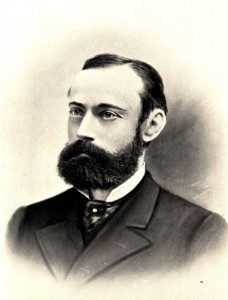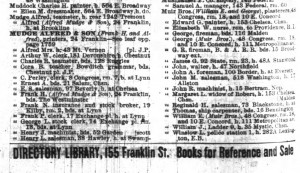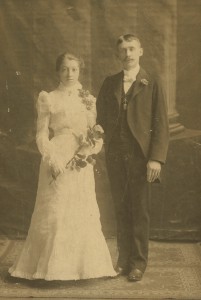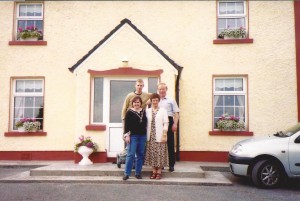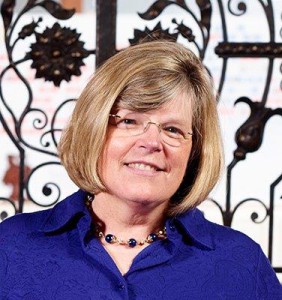 The Grammarly blog (Grammarly.com) recently had a post on proofreading your own writing. Among the suggestions it makes are two that I’ve made myself over the years:
The Grammarly blog (Grammarly.com) recently had a post on proofreading your own writing. Among the suggestions it makes are two that I’ve made myself over the years:
- Read it multiple times.
- Read it tomorrow.
These recommendations are particularly apt for family histories, which are chock full of names, dates, place names, abbreviations, and special formatting that just cry out for at least several thorough reads. When I am editing or proofing a family history – mine or someone else’s – I often read through it once for sense and grammar, and then skim through once each for the following: Continue reading Proofing your family history


